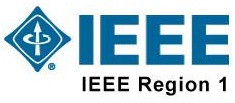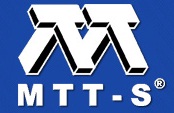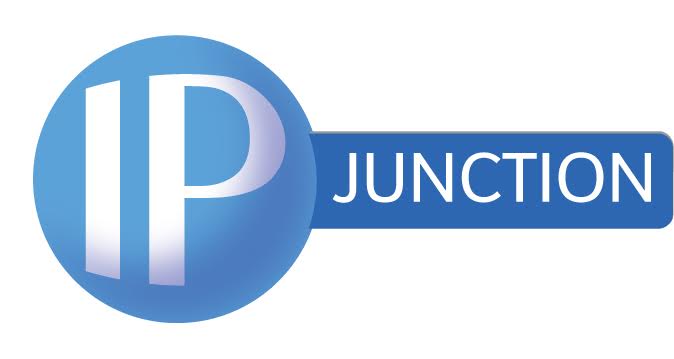September 21, 2015
Sudhir Dixit - Wireless World Research Forum (Moderator)
Robert Fish - IEEE Communication Society Standards
Ivan Seskar - WINLAB, Rutgers University
Xiao Feng Qi - Huawei
Reza Arefi - Intel Corp.
SDN and NFV Based Carrier Network Transformation Strategies and Deployment Considerations
September 22, 2015
Confirmed Panelists:
Subir Das - Applied Communication Sciences (Moderator)
Steven Nurenberg - AT&T
Mark Clougherty - Alcatel Lucent
Martin Körling - Ericsson Labs
Alec Brusilovsky - InterDigital
Douglas M. Freimuth - IBM
Abstract: Network Function virtualization (NFV) is becoming the key pillar of future network components that telecom operators and service providers can leverage in order to provide flexible and cost effective service without compromising the end user quality of service. The goal is to remove the dependencies of custom made hardware by abstracting the underlining networking components into software applications that can run on common of the shelf (COTS) hardware computing platform. There are several advantages to this technology: operators can save their equipment costs, power consumption, specialized maintenance costs and enable network services quicker which are mainly controlled by programmable software. Industry-wide effort has already started, with many standards organizations developing and ratifying standards for interoperability and ease of deployment for network virtualization. For example, , ETSI NFV, ONF, Open Flow, and Open Day Light are actively working in close collaborations with 3GPP, IETF, DMTF, IEEE to enable the rapid deployment of virtualized solutions in the operator’s networks. While network function virtualization opens up the door for flexible service creation and rapid deployment, it also adds several challenges attributed by the cloud computing, virtualization, security and software defined network aspects of the network. Many of these software components have generic requirements including security which are solved for today’s network operations, however, Network Function Virtualization introduces additional deployment specific challenges such as, authentication and authorization of quick VM migration, VM instantiation, hypervisors, orchestrators, service chaining, monitoring the virtualized interfaces, detecting and mitigating the denial of service attacks on the network components and systems resources such as CPU, memory, and finally user and regulator specific privacy issues. With the rapid deployment of 4G LTE networks, operators have started the trial deployment of network function virtualization, especially with the components for Evolved Packet Core (EPC), and IP Multimedia Services (IMS) such as, virtualized Residential Gateway, Virtualized Next Generation Firewalls, Virtualized Router, Virtualized Probes, and Virtualized Switch and so on. The proposed panel discussion aims to provide a platform to industry players to discuss various issues and challenges with their solution approach specific to Carrier Network Transformation Strategies and Deployment Considerations. The panel will consist of operators, vendors and experts who are actively involved in research, standards and trial deployment. The audience will benefit from knowing the technology and industry trends, transformation strategies and possible deployment targets along with the opportunity to interact with the industry experts.
Biographies of some panelists:

Ivan Seskar
Biography:

Seshadri Mohan
Biography:
Dr. Mohan has authored/coauthored over 100 publications in the form of books, patents, and papers in refereed journals and conference proceedings with. He has co-authored the textbook Source and Channel Coding: An Algorithmic Approach and has contributed to several books, including Mobile Communications Handbook and The Communications Handbook (both CRC Press). He holds fourteen patents in the area of wireless location management and authentication strategies as well as in the area of enhanced services for wireless. He is the recipient of the SAIC Publication Prize for Information and Communications Technology. He has served or is serving on the Editorial Boards of IEEE Personal Communications, IEEE Surveys, IEEE Communications Magazine and has chaired sessions in many international conferences and workshops. He has also served as a Guest Editor for several special issues of IEEE Network, IEEE Communications Magazine, and ACM MONET. His recent effort in this role includes the upcoming October 2015 IEEE Communications Magazine Feature Topic titled “Social Networks Meet Next Generation Mobile Multimedia Internet.” He is the recipient of 2010 IEEE Region 5 Outstanding Engineering Educator Award and the best paper award for the paper “A Multi-Path Routing Scheme for GMPLS-Controlled WDM Networks,” presented at the 4th IEEE Advanced Networks and Telecommunications Systems (ANTS) Conference.
Dr. Mohan holds a PhD degree in Electrical and Computer Engineering from McMaster University, Canada, Master’s degree in Electrical Engineering from Indian Institute of Technology, Kanpur, India, and Bachelor’s degree in Electronics and Telecommunications from the University of Madras (now Anna University), India.
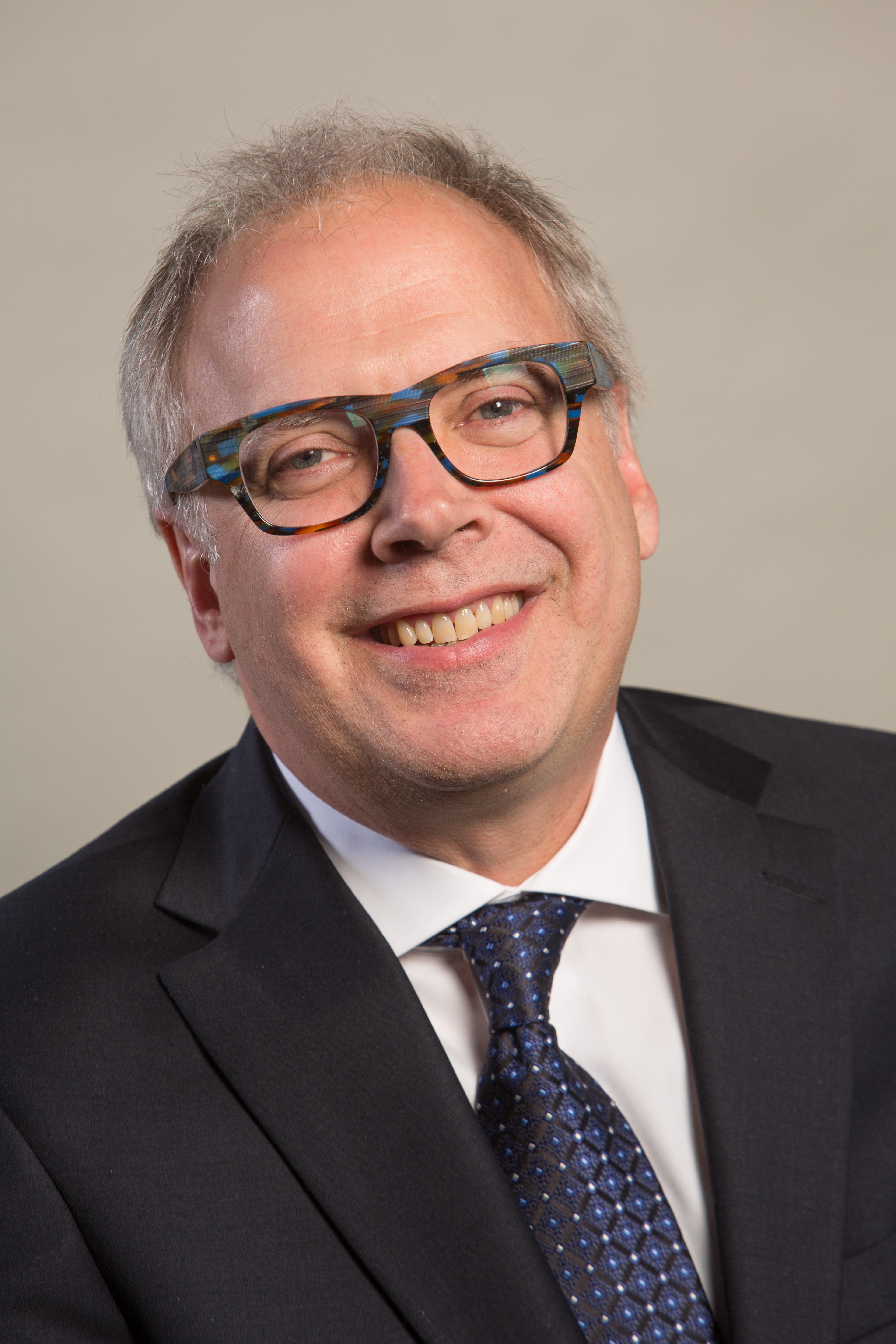
Mark Clougherty
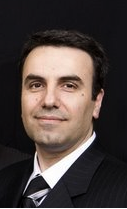
Reza
Arefi
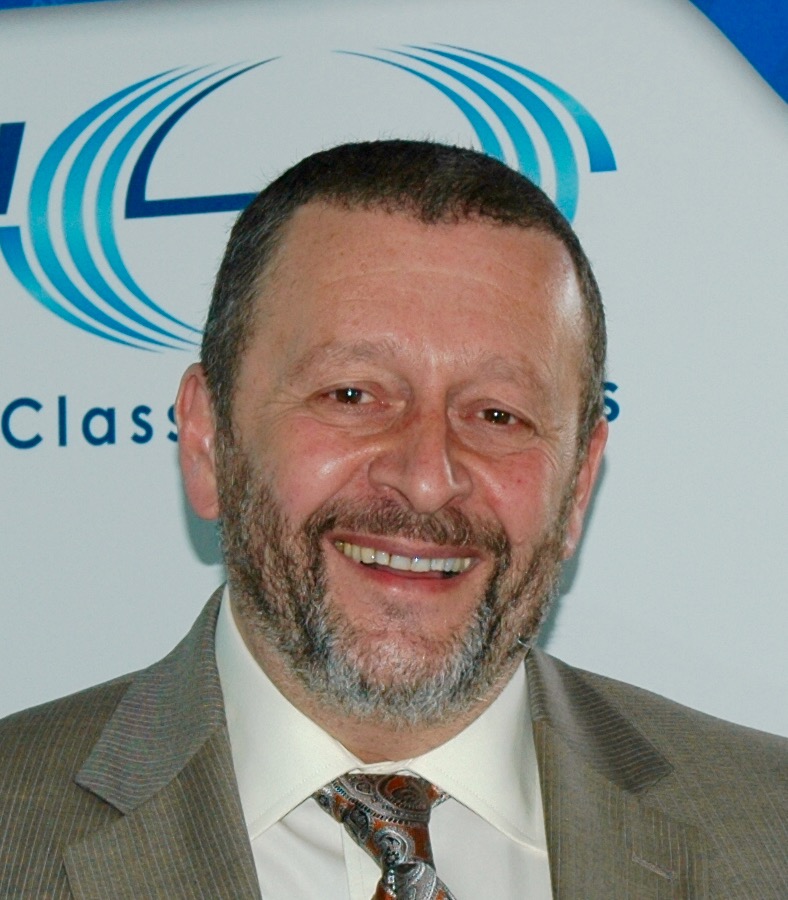
Alec Brusilovsky
Biography: Alec Brusilovsky is Manager, Security Standardization at Interdigital. He has extensive experience in security architecture, design, consulting and applications development for wireline, wireless and IP networks for key operator, as well as major vendor. His interests include NFV security, platform integrity, security and privacy for 4G/5G Wireless Networks and associated standardization issues. Alec joined Interdigital Communications in 2012. Prior to that Alec was with Bell Labs / Alcatel-Lucent for 15 years as well as with US Cellular (wireless operator). Mr. Brusilovsky is a co-chair of Trusted Mobility Solutions (TMS) WG in Trusted Computing Group (TCG), active in 3GPP SA3 (security) WG, ETSI NFV SEC, and OMA. In the past, Alec served as a co-chair of the IETF SPIRITS Working Group. Alec is IEEE Senior Member and is active in the IEEE Communication Society. He holds multiple US and international Patents.
Douglas
Freimuth
Biography:
Douglas M. Freimuth is
a Senior Technical Staff Member and Master
Inventor in the Cloud Based Networking
group at the IBM Thomas J. Watson Research
Center where he has focused on the
research, design and development of cloud
networking technologies. He is a co-author
of the IO Virtualization (IOV)
specifications in the PCI SIG. He has also
participated in the Distributed Management
Task Force (DMTF) for activities related
to deployment of Virtual Machines and
cloud networks. He has 60+ disclosures and
patents in the domain of cloud networking
and has also published related papers,
developed products and contributed to open
source software. Doug was the IBM lead on
the DARPA CORONET program where he led the
creation of a cloud computing platform
that automatically scaled compute and
network resources across the wide area
network.
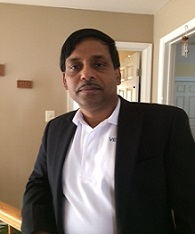
Subir
Das
Biography:
Dr. Subir
Das is a Chief Scientist at Applied
Communication Sciences (ACS) (formerly
Advanced Technology Solutions, Telcordia
Technologies Inc), Basking Ridge, NJ,
USA and has more than twenty years of
research experience. His
areas of interests are Mobile Wireless
IP Networking including low power
Personal Area Networking, Mobility and
Network Security, Internet of Things
(IoT) and Software Defined Networking
(SDN). Dr. Das is responsible for
developing strategic research programs,
defining new technologies and
transitioning such programs through
product development either internally or
through customers. He is currently
leading several Government and
Commercial research programs within ACS.
Dr. Das is also a leading contributor to
various Standards (e.g., IEEE, IETF,
3GPP and ZigBee). He is currently
the Chair of IEEE 802.21 and ZigBee
Alliance Neighborhood Area Networking
(NAN) working groups and an executive
member of IEEE 802 LAN/MAN Standards
Committee. In the past he held
leadership position in IETF working
groups. He has published over seventy
five papers, 5 IETF RFCs and granted
twenty five US patents. He is the
recipient of 2009 IEEE Region I Award
for outstanding contribution to Next
Generation Wireless Networks, Protocols
and its Standardization Efforts. He
serves as a member in National Science
Foundation, USA, and National Science
and Engineering Council, Canada, award
review committees. Dr. Das is a frequent
speaker and an organizer of Industry
Panels in IEEE and other
conferences. He is a member of
IEEE and a reviewer of IEEE and ACM
conferences and journals.
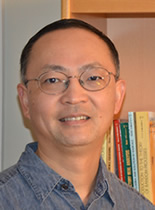
Xiao Feng Qi
Biography: Dr. Qi has worked in telecom R&D since 1992, and has led R&D teams at Level One, Intel, and Broadcom, covering modem algorithm research and development efforts over a range of wired and wireless standards and products, including ADSL, 802.11n, GSM and LTE. Since September 2014 he has been with Futurewei as head of its Radio Algorithm Research group, spearheading radio algorithms innovations for the next-generation dense wideband networks. He obtained his PhD EE in 1992 from the University of Connecticut on bio-inspired stochastic learning algorithms.
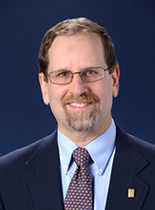
Robert Fish
Biography: Robert S. Fish received his Ph.D. from Stanford University. Currently, Dr. Fish is President of NETovations, LLC, a consulting company focused on the creation of communications and networking technology innovation. From 2007 to 2010, he was Chief Product Officer and Senior VP at Mformation, Inc. specializing in carrier software for mobile device management. From 1997 to 2007, Rob was Vice President and Managing Director of Panasonic US R&D laboratories working on the embedding of networking in consumer devices. Prior to this, he was Executive Director, Multimedia Communications Research at Bellcore after starting his career at Bell Laboratories. Dr. Fish has over 30 publications and 17 patents.
During his career, Dr. Fish and his organizations have initiated and managed standards development activities in IEEE, ISO/IEC JTC1, 3GPP, OMA, IETF, ATSC, CableLabs, OSGi, and several others.
Rob is the Vice President of Standards Activities of the IEEE Communications Society. He is a member of the Board of Governors of the IEEE Standards Association, Chair of IEEE-SA’s Global Committee, and a founding member of the IEEE-SA Corporate Advisory Group. He co-edited a series in IEEE Communications Magazine on IEEE standards in communications and networking. He is Co-founder and Steering Committee Chair of ComSoc’s Consumer Communications and Networking Conference and a member of the IEEE Conferences Committee. For his leadership and contributions to the Multimedia Communications Technical Committee, Dr. Fish was the recipient of MMTC’s Distinguished Service Award.

Sudhir Dixit, Chairman of the Vision Committee and Vice Chairman of the Americas region of the Wireless World Research Forum (WWRF)
Title: 5G Enabling the Vehicular Communications Market: WWRF's Ways Forward on V2X
Abstract:
In this talk we first present an overview of the Wireless World Research Forum (WWRF), and discuss how the vertical industries would thrive in an era of 5G networks. Then we present the ITU's vision and requirements on 5G. This is followed by a new concept that WWRF is embarking on that we call Vertical Industry Accelerators (VIA) Working Groups or platforms. The first VIA that WWRF is launching is called V2X (Vehicle-to-Anything), which we will present briefly. Finally, we summarize how the approach of VIA-WG would bridge the gap between automotive and telecom industries, and can be replicated by other industry verticals.
Biography: Sudhir Dixit is Chairman of the Vision Committee and Vice Chairman of the Americas region of the Wireless World Research Forum (WWRF). He was a Distinguished Chief Technologist and CTO at Communications and Media Services (Americas), HP Enterprise Services since December 2013, and is based in Palo Alto, CA, and prior to this he was the Director of HP Labs India since September 2009. From June 2009 to August 2009, he was a Director at HP Labs in Palo. Prior to joining HP Labs, Sudhir held a joint appointment as a Chief Technology Officer at the Centre for Internet Excellence and a Research Manager at the Centre for Wireless Communications in Oulu, Finland. From 1996 to 2008, he held various positions with leading companies, for example, BlackBerry as Senior Director, Nokia and Nokia Networks in the United States as Senior Research Manager, Nokia Research Fellow, Head of Nokia Research Center (Boston), and Head of Network Technology (USA). From 1987 to 1996, he was at NYNEX Science and Technology and GTE Laboratories (both now Verizon Communications).
Sudhir has 21 patents granted by the US PTO and has published over 200 papers and edited, co-edited, or authored six books (Wi-Fi, WiMAX and LTE Multi-hop Mesh Networks by Wiley (2013), Globalization of Mobile and Wireless Communications by Springer (2011), Technologies for Home Networking by Wiley (2008), Content Networking in the Mobile Internet by Wiley (2004), IP over WDM by Wiley (2003), Wireless IP and Building the Mobile Internet by Artech House (2002)). He is presently on the editorial boards of IEEE Spectrum Magazine, Cambridge University Press Wireless Series and Springer’s Wireless Personal Communications Journal and Central European Journal of Computer Science (CEJS).
From 2010 to 2012, he was an Adjunct Professor of Computer Science at the University of California, Davis, and is now a Docent (Adjunct Professor) of Broadband Mobile Communications for Emerging Economies at the University of Oulu, Finland. A Fellow of the IEEE, IET, and IETE, Dixit received a Ph.D. degree in electronic science and telecommunications from the University of Strathclyde, Glasgow, U.K. and an M.B.A. from the Florida Institute of Technology, Melbourne, Florida. He received his M.E.
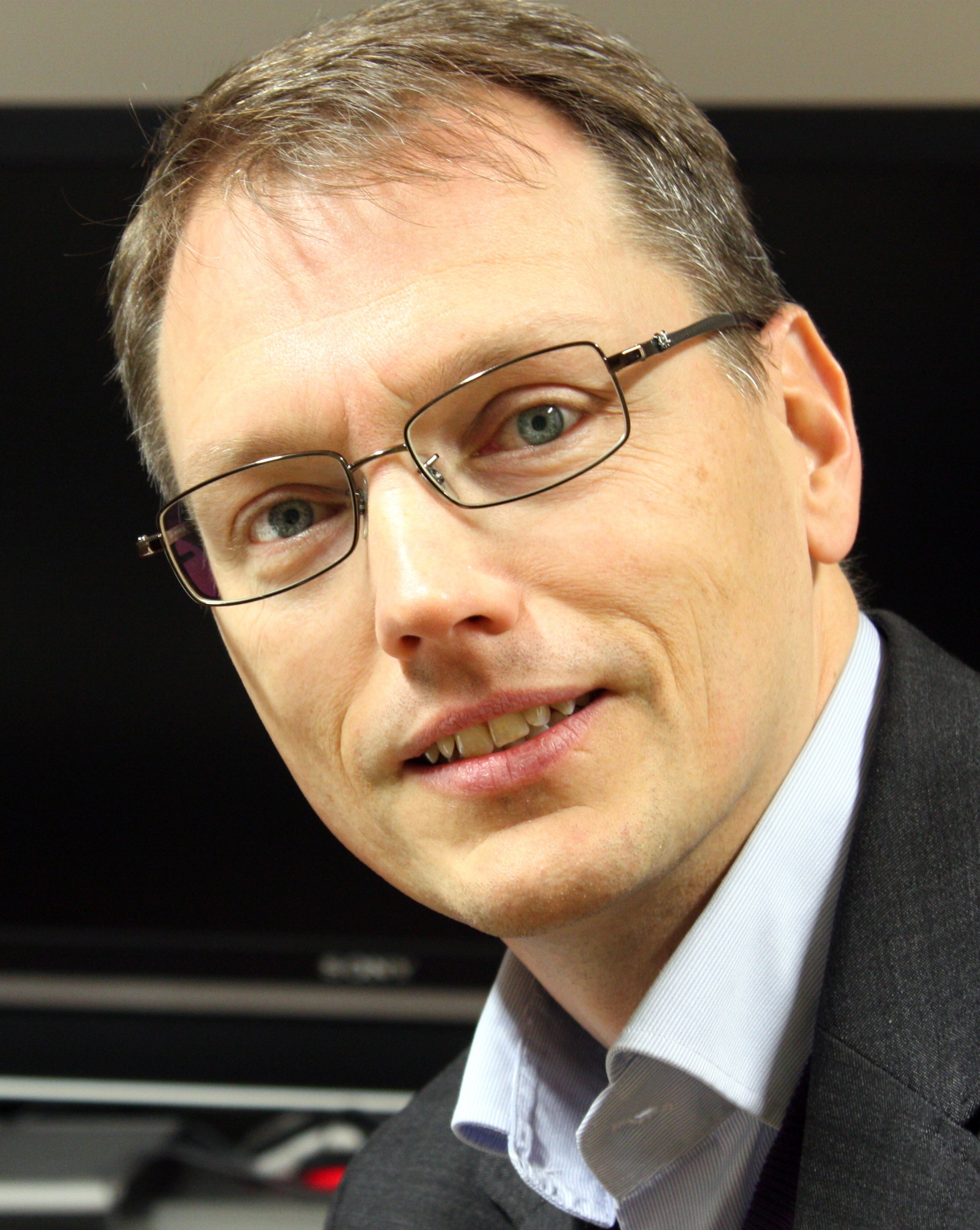
Martin Korling, President, Ericsson Labs
Title: Building a Cloud for the Networked Society
Biography: Martin Körling is leading the Ericsson Cloud Product unit in Silicon Valley, developing cloud software stack products and collaborating in the ecosystem with leading customers, start-ups and industry partners. Prior to that, Martin was leading Ericsson Research in Silicon Valley. Previously, at several leadership positions, Martin has been driving the buildup of software and services innovation activities within Ericsson, for example, leading the creation of labs.ericsson.com, and concept development in the areas of Internet-of-things, Network APIs, and Web-TV. He has also been working in the venture capital industry. Martin has a PhD in Theoretical Physics from the Royal Institute of Technology, Stockholm, Sweden. Outside work interests include sailing and outdoor activities in general, recently trying out surfing.
(No photo of S. Nurenberg)
Steve Nurenberg
Biography: Steven Nurenberg started with AT&T in 1980 joining the then Bell Telephone Laboratories. He has worked most of his career in research and development, primarily as a systems engineer, in a variety of areas including data networking, voice services and products, and computing products. As leader of AT&T’s Domain 2.0 Network Architecture & Strategy organization, Steve has responsibility for transforming AT&T’s network using Software-Defined Networking (SDN) and Network Functions Virtualization (NFV). He has a BSEE from The Johns Hopkins University and a MSEE from the University of California at Berkeley.



